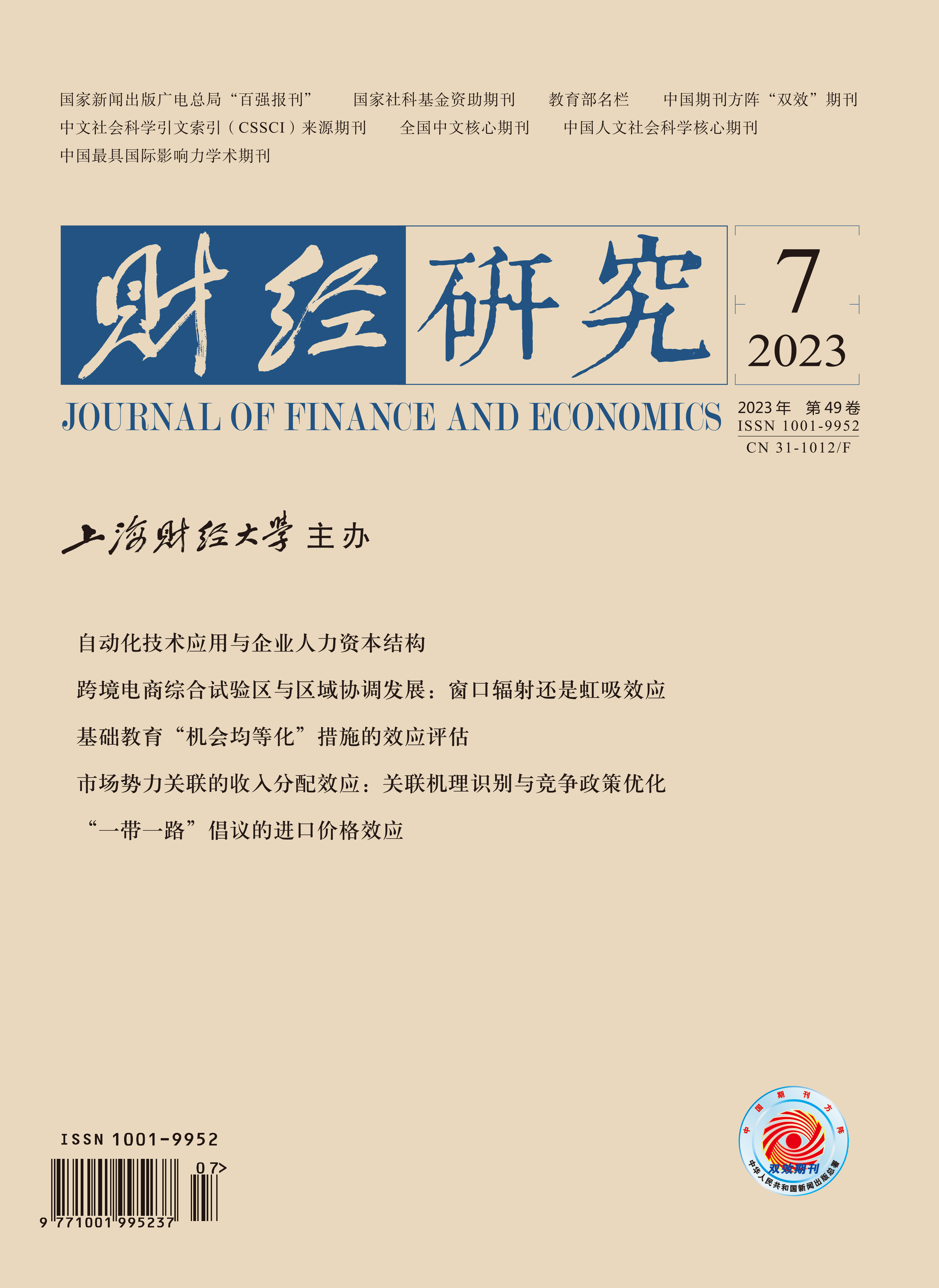With the sharp increase of China’s trade surplus, some scholars began to blame “China competition” for the economic imbalance and social problems of some developed countries after China’s accession to GVC, putting the normal economic and trade relationship between China and the United States in an extremely dangerous situation. The “HO” theory emphasizes that a division of labor system based on the comparative advantage will improve the welfare level of both trading parties. Although workers in labor-intensive industries in developed countries will suffer some damage, as long as the government does a good job in training unemployed workers and guiding them to sectors with comparative advantages, the employment problem can be gradually resolved. In reality, the benefit class in developed countries does not transfer excess profits, which leads to employment polarization and huge social problems.
The existing research pays little attention to the impact of China’s accession to GVC on the technological progress of partner countries in the academic community, but mainly focuses on the employment effect of “China competition”, with more emphasis on the negative effect of China’s accession to GVC. In order to clear up the root cause, this paper analyzes the impact of China’s accession to GVC on the technological progress of partner countries from the perspective of growth, and provides a theoretical basis for GVC governance and deep integration of the global economy.
Based on the value-added trade theory, this paper calculates the value-added trade volume of 18 sub-sectors of China and 52 trading partner countries, and analyzes the impact of China’s accession to GVC on the technological progress of partner countries. The study finds that: First, although China’s export trade will reduce its partner country’s TFP (competition effect), its import trade will strongly promote its partner country’s TFP (scale effect). This means that China’s accession to GVC will promote the technological progress of partner countries, with a significant technological dividend effect. Second, from the export perspective, the spillover effect of China’s exports will compensate for the inhibition of the competition effect on the technological progress of partner countries; from the import perspective, the innovation effect of China’s imports will strengthen the role of scale effect in promoting the technological progress of partner countries. After considering innovation factors, “China dividend” has been further strengthened. Third, with the increase of geographical distance, the role of China’s import trade in goods in promoting the technological progress of partner countries will gradually decline, but the service trade will break through the geographical constraint, and the role of China’s import trade in services in promoting the technological progress of partner countries will not decline with the increase of distance. The “China dividend” formed after China’s accession to GVC is an important factor to promote the technological progress of partner countries. China’s import trade helps developed countries improve their innovation capability and achieve long-term technological progress.





 5384
5384  3389
3389

